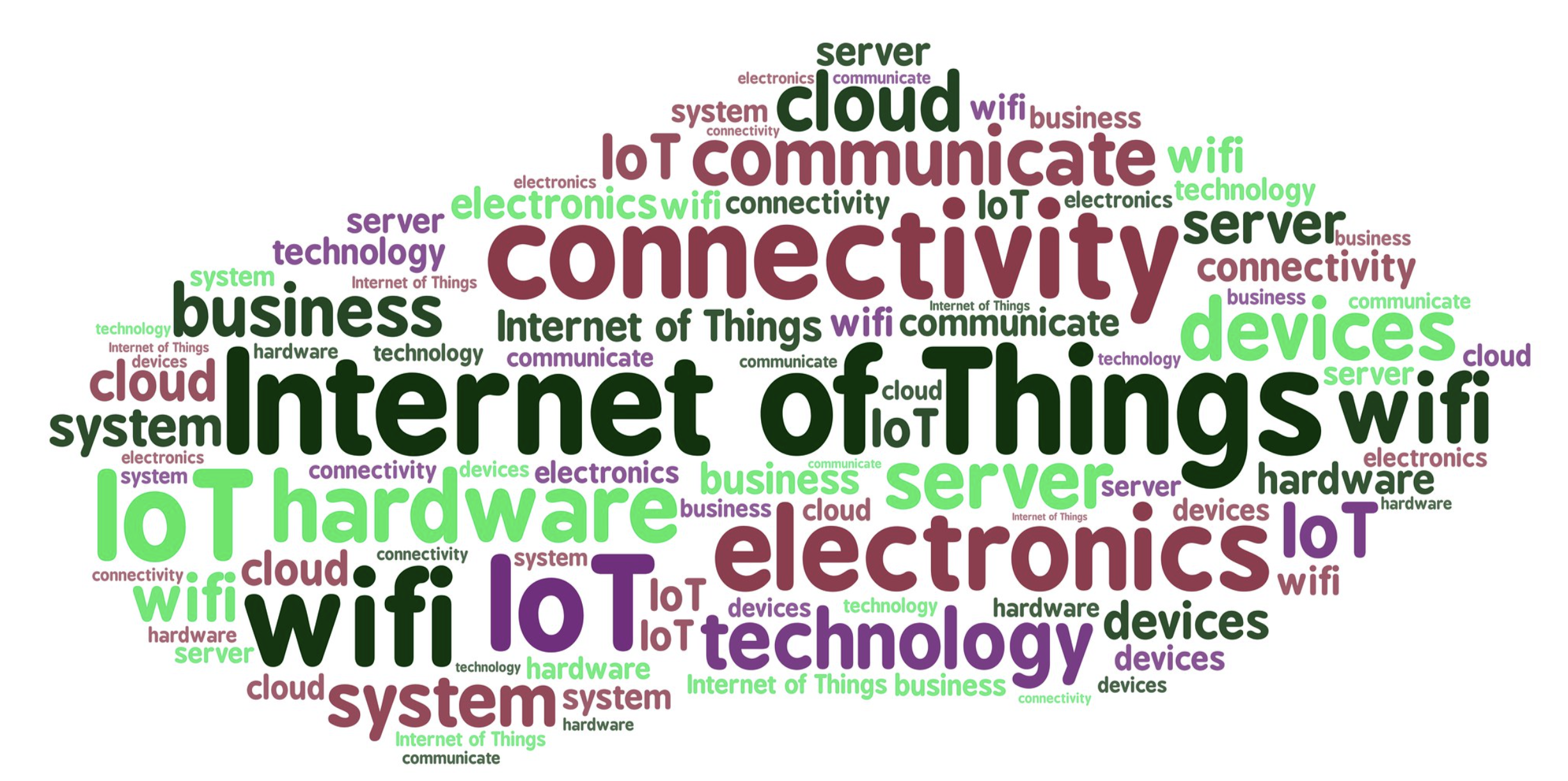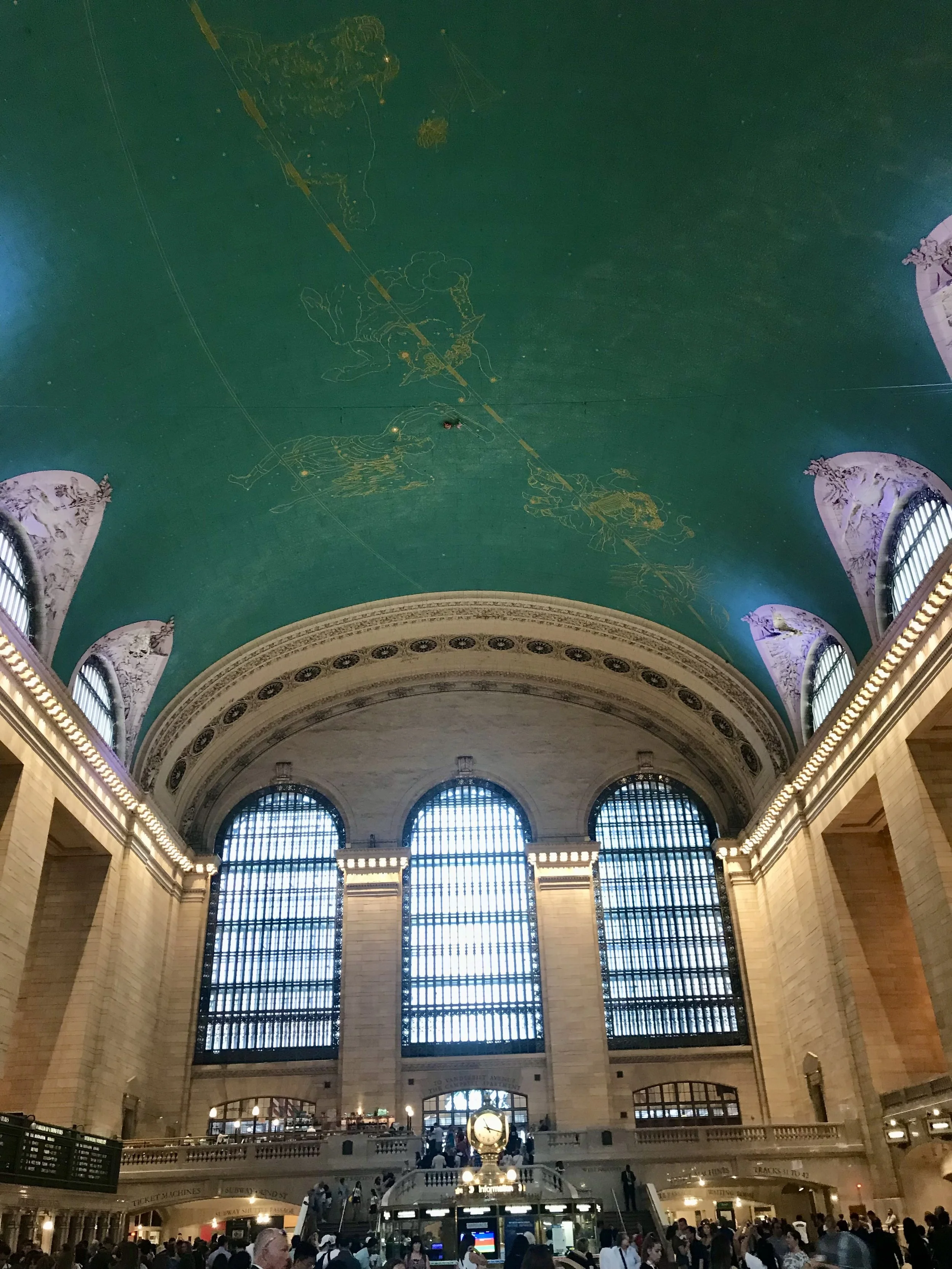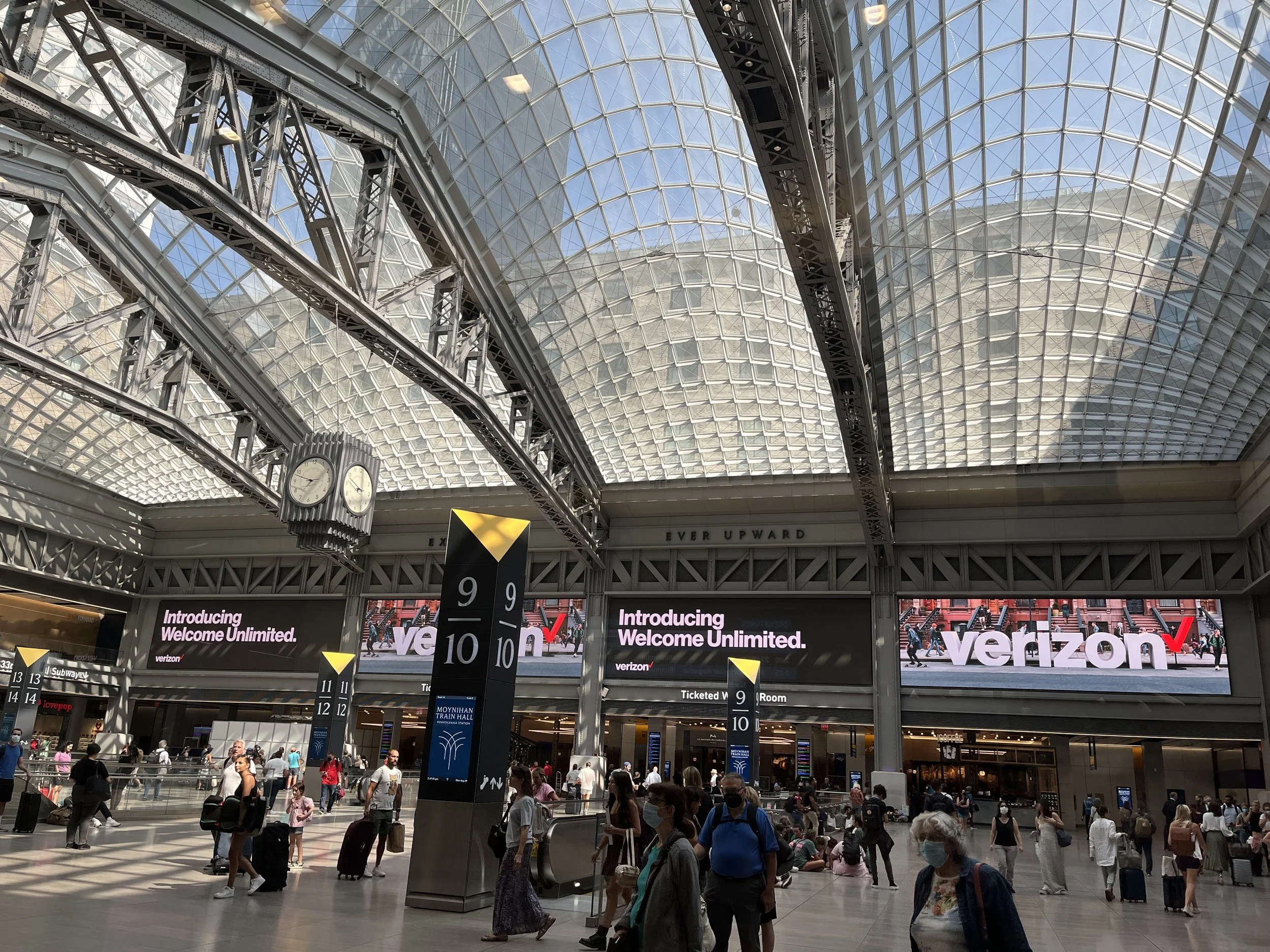The Internet of Things: Transforming Our Everyday Lives
The Internet of Things (IoT) is a revolutionary concept that has drastically transformed the way we live, work, and interact with our environment. At its core, IoT refers to the network of physical objects—devices, vehicles, appliances, and more—that are embedded with sensors, software, and other technologies to connect and exchange data with other devices and systems over the internet. This interconnected web of smart devices has created a more efficient, automated, and responsive world.
In this blog post, we'll explore the origins of IoT, delve into its impact on our everyday lives, and highlight some of the most exciting applications of this technology in the building sector. Finally, we'll discuss the role of sensors and smart flooring in the IoT landscape.
IoT represents a wide variety of applications, but it connects the hardware and tech to our human experience
The Birth and Evolution of IoT
The term "Internet of Things" was coined by Kevin Ashton in 1999 while working at Procter & Gamble. Ashton was exploring ways to link the corporate supply chain to the internet using RFID (Radio Frequency Identification) technology. This early concept of IoT was based on the idea that physical objects could be connected to the internet, allowing them to send and receive data.
Since then, IoT has grown exponentially. According to a report by Statista, the number of IoT-connected devices worldwide is expected to reach 30.9 billion by 2025, up from 8.74 billion in 2020. Our phones are the most ubiquitous example, but connected devices are everywhere - in our cars, homes, and workplaces. This growth has been driven by advancements in wireless technologies, miniaturization of sensors, and increased computing power, making it possible to embed connectivity and intelligence into virtually any object.
“Tech Stack”
How IoT Improves Our Everyday Lives
IoT has seamlessly integrated into various aspects of our daily lives, often in ways we may not even realize. Here are three examples of how IoT enhances our everyday experiences:
1. Smart Homes
One of the most visible applications of IoT is in the realm of smart homes. Devices like smart thermostats, lighting systems, speakers, and security cameras can be controlled remotely through smartphone apps or voice assistants like Amazon Alexa and Google Assistant. These devices not only provide convenience but also improve energy efficiency and security.
For instance, smart thermostats like the Nest Learning Thermostat can learn your schedule and adjust the temperature accordingly, reducing energy consumption when you're not at home. Similarly, smart lighting systems can be programmed to turn off automatically when rooms are unoccupied, further saving energy. Having a world of music at our fingertips in wireless, connected speakers that respond to our voice and movement brightens our everyday lives.
2. Health and Fitness
IoT has also made significant strides in the health and fitness sector. Wearable devices like fitness trackers and smartwatches monitor various health metrics, including heart rate, sleep patterns, and physical activity. These devices provide real-time feedback and personalized insights, helping individuals make informed decisions about their health and fitness routines.
For example, the Apple Watch includes features like ECG monitoring, fall detection, and blood oxygen level measurement, which can alert users to potential health issues and prompt them to seek medical attention if necessary. These wearables not only promote a healthier lifestyle but can also play a crucial role in early detection and prevention of medical conditions.
3. Transportation and Smart Cities
IoT is revolutionizing transportation and urban living through the development of smart cities. Connected vehicles, traffic management systems, and public transportation networks use IoT technology to improve efficiency and reduce congestion.
In cities like Barcelona, IoT-enabled sensors are used to monitor traffic flow and optimize traffic light timings, reducing commute times and lowering carbon emissions. Additionally, smart parking systems can guide drivers to available parking spaces, minimizing the time spent searching for parking and reducing traffic congestion.
Grand Central Station delights everyday commuters and first-time visitors alike with its architecture and design
IoT and the Building Sector
We see IoT in building management systems, connecting HVAC, electrical, engineering and safety measures. Smarter buildings that run on these integrated systems improve not only our physical experience, but also in how we may emotionally experience our world. An example of this is Grand Central Station in New York City. Not only does it serve as an efficient major transportation hub, its light, amazing ceiling, and elegant lines elevate our human experience. An oft times comparison to this is Penn Station in New York, which recently went through an upgrade from a cement-block, windowless structure. It, like Grand Central serves as a transportation hub, but while it moved its occupants from one place to another, it failed to inspire. It recently applied these lessons in a renovation, modeling itself after modern European train stations to bring not only efficiency, but light, amusement, and joy. Buildings and the IoT measures on which they invisibly operate create more efficient and adaptive structures and ones that can also change our moods and elevate our experiences.
A new and improved Penn Station
The Role of Sensors in IoT
At the heart of IoT technology are sensors—tiny devices that detect and measure physical properties such as temperature, humidity, motion, and light. These sensors collect data from the environment and transmit it to other devices or cloud-based platforms for analysis and action.
The advancements in sensor technology have been crucial to the growth of IoT. Modern sensors are smaller, more accurate, and more energy-efficient than ever before. This progress has enabled the deployment of IoT solutions in a wide range of applications, from environmental monitoring to smart agriculture.
Smart Flooring: The Future of IoT
One of the exciting new applications of IoT is in the realm of smart flooring. Smart flooring systems integrate sensors into floor materials to monitor foot traffic, detect falls, and provide valuable data for building management. These systems are particularly beneficial in healthcare, retail, and commercial settings.
For example, Scanalytics Inc. has developed a smart flooring solution that uses pressure sensors to track movement and occupancy in real-time. In healthcare, smart flooring can alert caregivers if a patient has fallen, enabling a quicker response and potentially reducing the severity of injuries. In retail, smart flooring can analyze customer movement patterns, helping store managers optimize product placement and improve the shopping experience.
Benefits of Smart Flooring
Enhanced Safety: In healthcare facilities, smart flooring can detect falls and alert staff immediately, reducing response times and improving patient outcomes.
Energy Efficiency: In commercial buildings, smart flooring can monitor occupancy and adjust lighting and HVAC systems accordingly, leading to significant energy savings. The Scanalytics system has been vetted by the Department of Energy to reduce energy costs by 35%, and this significant savings is actually based on systems that already use motion or cameras to monitor occupancy for HVAC.
Data-Driven Insights: Smart flooring provides valuable data on foot traffic and space utilization, enabling better decision-making in retail, hospitality, and office environments.
Conclusion
The Internet of Things has come a long way since its inception, evolving into a transformative technology that touches nearly every aspect of our lives. From smart homes and wearable health devices to industrial applications and smart buildings and cities, IoT continues to revolutionize the way we interact with the world.
As we look to the future, the integration of sensors and IoT technology into everyday objects, like smart flooring, promises to bring even more convenience, efficiency, and safety to our lives. Companies like Scanalytics are at the forefront of this innovation, creating intelligent systems that not only enhance our daily experiences but also provide valuable insights and drive sustainability. The journey of IoT is far from over, and its potential to improve our world is boundless.
Sources: Industry Dive, McKinsey Insights into the Internet of Things, Statista, Number of IoT Things




